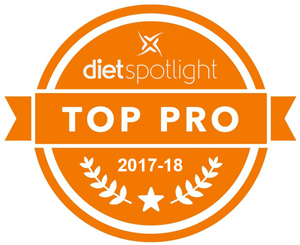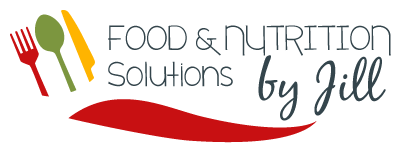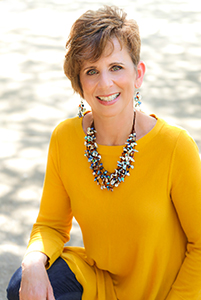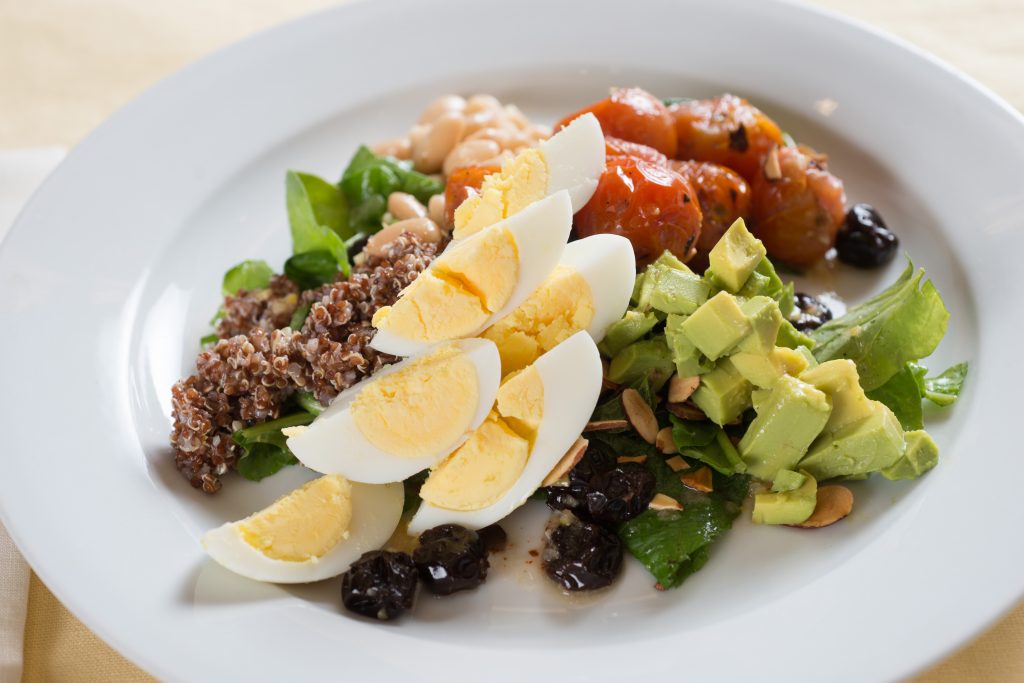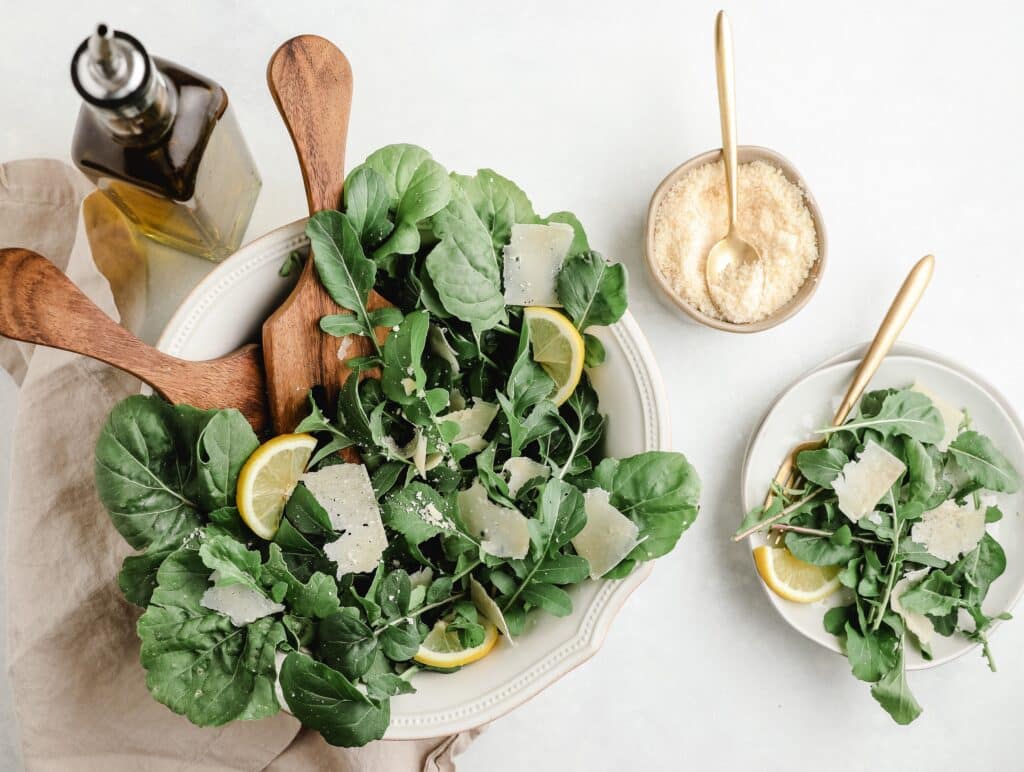For People With Diabetes, You Don’t Want To Ignore These Numbers
How many of these 5 things do you know about type 2 diabetes and high blood pressure? Get healthy and stay healthy!
You count carbs. You walk past the donuts. You refrain from yelling at the diabetes police.
So I’m not surprised you don’t want to deal with blood pressure. You’re already hassling with the whole blood sugar thing.

Yes, it is a hassle. And, of course, it’s worth it! Photo credit: Andre Hunter
But type 2 diabetes and high blood pressure go together. And that means paying attention to both. The best news is that when you tend to your health, that nagging worry about “what-if” melts away.

You know that amazing feeling of relief, don’t you?
Photo credit: Upesh Manoush
Find out how much you already know about diabetes and high blood pressure and if you’re taking the right steps to stay in tip-top shape. After you’ve read to the bottom, give yourself a high-five for all that you’re currently rocking. Then, if necessary, write out your action plan of at least 1 or 2 steps.
5 things to know about type 2 diabetes and high blood pressure
1. High blood pressure is very common in the U.S.
Nearly half of adults in the United States have high blood pressure (also called hypertension).
| Blood Pressure Category | Systolic Blood Pressure (top number) | Diastolic Blood Pressure (bottom number) |
|---|---|---|
| Normal | <120 mmHg | and <80 mmHg |
| Elevated | 120 - 129 mmHg | and <80 mmHg |
| Hypertension Stage 1 | 130 - 139 mmHg | or 80 - 89 mmHg |
| Hypertension Stage 2 | > 139 mmHg | or > 89 mmHg |
Source: Centers for Disease Control and Prevention
But the numbers are even more worrisome for people with diabetes. Almost 70% of adults with diabetes have hypertension already at the stage 2 level.
High blood pressure raises your risk of heart disease, stroke and kidney problems. If you have diabetes and high blood pressure, you face a double whammy because diabetes also bumps up your risk for these problems.
But you’re not like everybody else. You’re reading this! So keep on going.
2. You might have high blood pressure and not know it
For that matter, you might have diabetes or prediabetes and not know it.
- 13% of all US adults have diabetes, but more than 7 million of them (21%) don’t know it.
- 34% of adults have prediabetes, but most of them – 85% – don’t know it.
Really think about those numbers.
Imagine you’re at a stadium watching your favorite sports team decimate their rivals. With the game going so well, you’re doing more people watching than watching where the ball goes. Randomly count out 10 adults. At least 3 of them likely have prediabetes – and at least 2 of them don’t know it. At least another 1 person has diabetes. And that person may also be blind to the problem.
Hypertension is called the silent disease
Because the symptoms are often silent, high blood pressure can catch you off guard. Way off guard. I remember when a seemingly healthy patient came for a routine visit at the clinic where I worked. Within about 5 minutes, my coworkers hurriedly ushered her out and sent her to the emergency room because her blood pressure was alarmingly high. So high, she risked having a stroke. And yet, she felt “just fine.”
The next day, the patient’s sister called my colleague to thank her for potentially saving the patient’s life. She was admitted to the hospital and underwent a procedure. That story ended with relief and a smile, but it explains why I worry about folks who haven’t yet been diagnosed. They don’t know their risks, so they don’t know to take even the simplest actions. It’s why I can’t keep my mouth shut about these things.
Since diabetes and high blood pressure pair up, it’s worth checking your blood pressure often.
3. Your blood pressure target may be different than your neighbor’s
When you have diabetes, you and your provider work out your blood sugar goals based on a variety of factors, including your age, medications and overall health. The same goes for your blood pressure goals. There are no one-size-fits-all numbers for blood pressure or blood sugar.
Ignore the number your neighbor or Aunt Marge tells you. Your numbers must be based on your unique needs. If you don’t know what they are, call your provider’s office.
The American Diabetes Association (ADA) has these guidelines for people with diabetes and high blood pressure.
- Expect someone at your doctor’s office to measure your blood pressure at every visit.
You should be seated for at least 5 minutes with your feet on the floor and your arm supported at heart level.
- Monitor your blood pressure at home.
Your blood pressure varies throughout the day and night – just like your blood sugar does. It’s good to know where yours falls at different times. Some people wear an ambulatory blood pressure monitor for 24 or more hours to get a full picture of their blood pressure variation.
- Know when to take blood pressure medications.
Ideally, our blood pressure dips while we sleep. This seems to protect us from some heart problems. Emerging research suggests that when you take blood pressure medication affects your nighttime blood pressure. Ask your doctor when you should take your medication. And if you take more than one drug for your blood pressure, find out if you should take them at the same time or separately.
4. Treatment saves lives and prevents health problems
My favorite part is always the good news!
Without a doubt, your risk of heart, blood vessel and kidney problems plummets when your blood pressure is treated to proper levels.
Most people with hypertension do not have their blood pressure under control. Here’s another reminder to find out what your specific blood pressure target is, so you can avoid problems down the line.
5. Your habits matter when you have diabetes and high blood pressure
You have lots of diet and lifestyle tricks and strategies to choose from.
When it comes to diet, what you eat is as important as what you don’t eat. In fact, I wonder if it’s even more important.
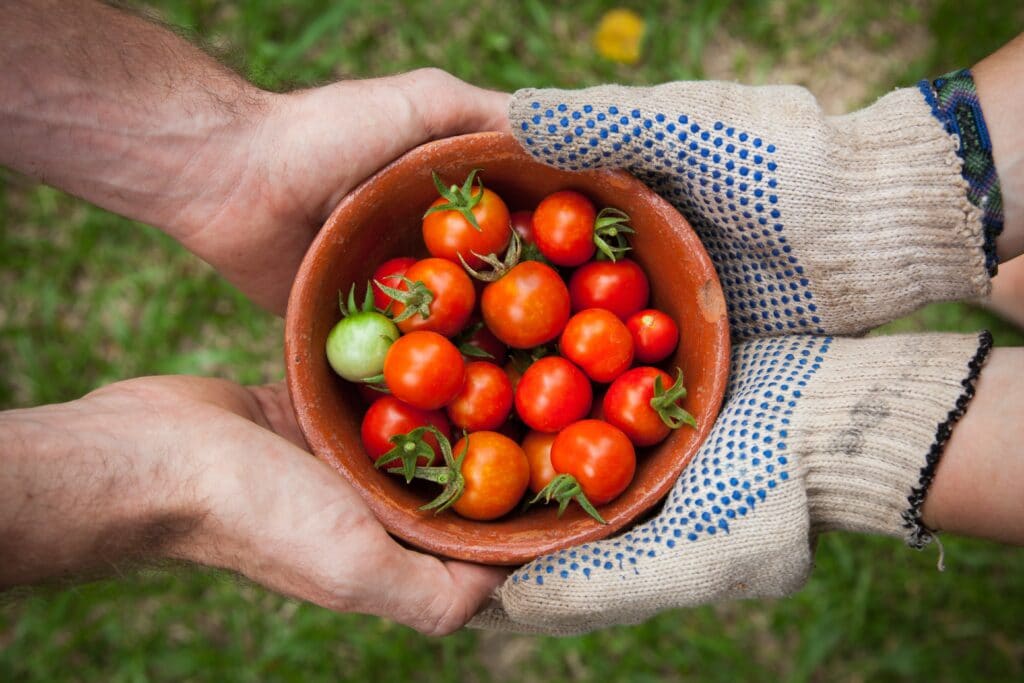
Eat lots of health-boosting, blood pressure-friendly produce.
Photo credit: Elaine Casap
Get an in depth discussion of what to eat with high blood pressure here.
- Pile on the produce. Eat fruits and vegetables and then more fruits and vegetables and then more vegetables. They’re jam-packed with health-boosting phytonutrients, potassium and other nutrients to help lower your blood pressure. Plus, they support blood vessel health in other ways too. So aim to eat them at every meal and snack.
- I know people with diabetes often worry about the sugar in fruit. Toss aside the myth that you must avoid fruit or that you need to eat it with protein and fat.
- Decrease your sodium intake. Craving flavor and convenience can be the undoing of a heart-healthy diet. I’ve got 10 tips to lower your sodium intake here. For most of us, cutting sodium requires sleuthing because the majority of our sodium is hidden in packaged and restaurant foods. Simply getting rid of the saltshaker isn’t enough. In fact, I get less sodium when I scratch cook with salt or add small amounts of salt to low sodium packaged foods.
- Limit your alcohol. Wine, beer and spirits, in excess, raise blood pressure. If you’re a woman, the American Heart Association (AHA) and other organizations recommend you limit your intake to no more than 1 standard alcoholic drink per day. They advise men to drink no more than 2 standard drinks per day. Find out what a standard drink is and how alcohol affects both your blood sugar and your heart.
- Don’t smoke. Goes without saying.
- Keep moving. Hey, even walking to the mailbox counts. Talk to your provider to figure out how much and what types of physical activity are best for you. Here’s a primer on diabetes and exercise.
Wondering which fats are best for diabetes and the heart? Read this post.
Weight loss also helps
Though your weight isn’t a lifestyle habit, it is a reflection of some of your habits. Both the good habits and the less desirable ones. If you have overweight or obesity, strive to keep your weight as low as is healthy and comfortable for you. Learn the truth about weight loss here. If you’re at a healthy and comfortable weight now, try to stay there.
Bottom line: There are so many little things and big things you can do to protect your health! Look in the mirror and say “you rock” for all you do well. Then pick one or two things to add to your healthy routines. You’ve got this!
End the Confusion & Frustration of What to Eat for Type 2 Diabetes
You can finally know what to eat and how to enjoy it. Check out The Beginner’s Guide to What to Eat with Type 2 Diabetes.
Filed Under: Diabetes, Heart Health
Tagged: blood pressure, blood sugar, heart healthy
Jill Weisenberger
I'm Jill, and I believe simple changes in your mindset and health habits can bring life-changing rewards. And I don't believe in willpower. It's waaaay overrated. As a food-loving registered dietitian nutritionist, certified diabetes care and education specialist and certified health and wellness coach, I've helped thousands of people solve their food and nutrition problems. If you're looking for a better way to master this whole healthy eating/healthy living thing or if you're trying to prevent or manage diabetes or heart problems, you'll find plenty of resources right here.
Leave a Reply
Welcome to my Blog
Hi there! I'm Jill, a nutrition & diabetes expert and the author of 4 books.

I believe simple changes in health habits can bring you life-changing rewards.
And I believe willpower is way overrated.
Right here is where you can discover the mindset and habits to stick with healthy lifestyle choices most of the time - and drop the guilt when you don't.
Get the Second Edition!

Featured Posts
